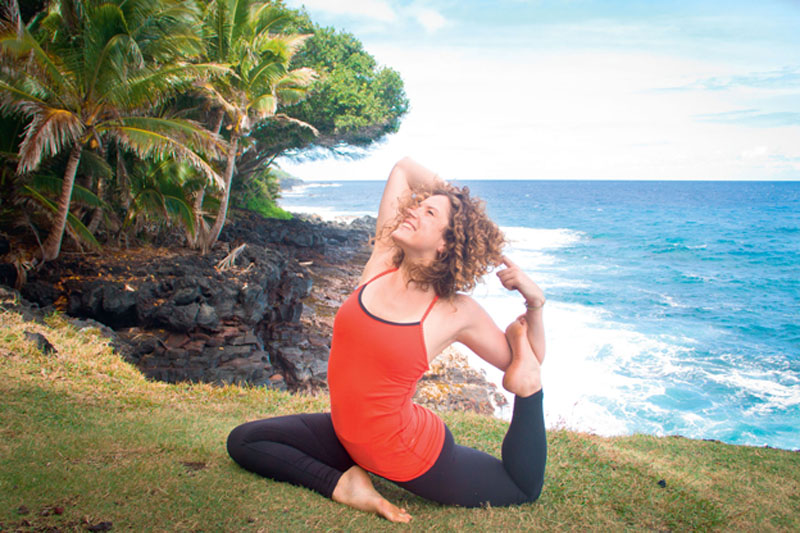Chapter 15
Relaxation techniques at work
Abstract
This topic may seem a little unusual in the context of becoming a better communicator, but relaxation in the workplace is a key factor in being a better collaborator and improve solving interpersonal challenges. In this chapter, Ellen Arnold, who specializes in this area, shares tips and exercises to become more relaxed through yoga, meditation, and breathing to better respond to our fight-or-flight instincts.
Keywords
relaxation
stress prevention
mindfulness
focus
dealing with stress
Ellen Arnold
Work can be stressful. Many of us thrive in this environment, delivering great results while under pressure. When working collaboratively, however, it is often beneficial to remain calm, focused, and open to new ideas.
As humans, we are hard-wired to respond immediately to perceived threats. When we encounter stressful situations at work, such as a disagreement with a coworker, our body often registers this as a threat to our safety, kicking into gear the “fight or flight” response, which can make it difficult to maintain a calm and open frame of mind. Our sympathetic nervous system, which manages the fight-or-flight response, ensures that energy is directed toward those parts of the body that are vital to fleeing or defending oneself from a potential attack in the face of danger.
If you were about to be attacked by a tiger, for example, your heart would begin beating more quickly, moving blood toward the limbs, and away from your immune system and prefrontal cortex, where you do your analytical thinking. Your hearing and peripheral vision would become impaired. Your body would be doing everything it could to equip you to survive the direct threat in front of you.
Throughout evolution, this response has been an invaluable resource. Without that response, it is unlikely you would be reading these words. Faced with a tiger and potential death, it wouldn’t matter that your immune system defended you from a cold, or that your prefrontal cortex allowed you to analyze the situation from the tiger’s point of view. However, in our daily life, the sympathetic nervous system can often kick in when it is not welcome or useful.
Every day, we encounter situations that our mind and body may mistakenly label as threats – criticisms of our work, being left out of a loop. While these situations may seem like life or death at times, they generally require a different set of priorities and direction of energy than the sympathetic nervous system provides. Instead of routing your energy to your limbs, you need to lower your heart rate and maintain a calm, clear mind. You certainly want to be aware of the sounds and sights around you. To do this, you need to activate your parasympathetic nervous system – the part of your nervous system that is responsible for stimulating calmer “rest-and-digest” behaviors. Luckily, there are ways to do this and, in time, you’ll find it just happens naturally. In the same way that the body can affect your mind when encountering a perceived threat, you can learn to use your body to realign your mind more quickly with your actual environment, allowing you to get on with your work more effectively.
In the moment
The flight-or-fight response diverts energy from the exact functions that you need for a successful meeting or workshop. You need to listen and see your colleagues, and you have to be able think analytically about the different needs of the multiple stakeholders in the room. This is nearly impossible if your sympathetic nervous system kicks into high gear. What to do if this happens? Here are some tricks.
Lifestyle
Although small changes in the moment can lead to great benefits, supportive changes in your lifestyle can make these benefits even more significant and long-lasting.
About the author
Our friend and former colleague Ellen Arnold contributed this chapter. She specializes in relaxation in the workplace and wants us all to be happier and healthier in the office. An integrative yoga instructor and graduate of the University of California, Berkeley, Ellen is based in San Francisco, CA.
..................Content has been hidden....................
You can't read the all page of ebook, please click here login for view all page.






